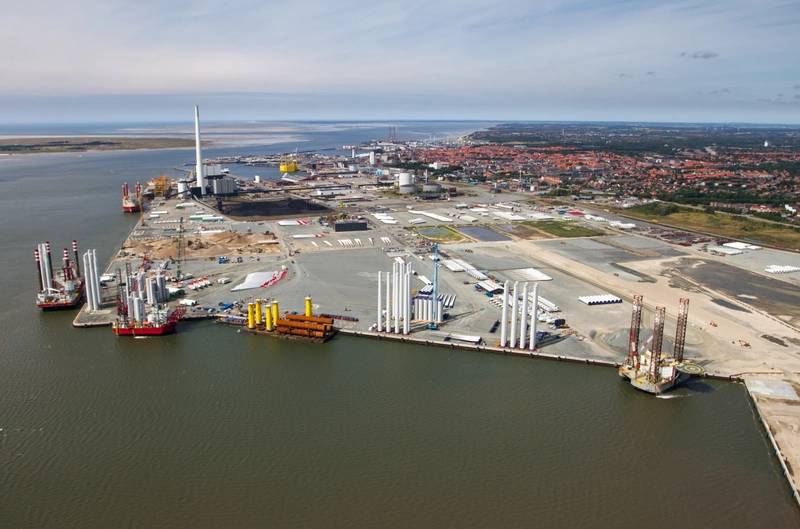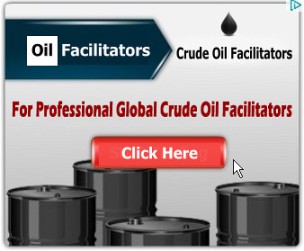
Danish energy infrastructure investments firm Copenhagen Infrastructure Partners is looking to build what it says is Europe’s largest production facility of CO2-free green ammonia, with the final product aimed at the shipping and agriculture sector as a means to reduce emissions.
The project will be located in the town of Esbjerg on the west coast of Denmark, where the facility dubbed "Power-to-X-facility" will convert power from offshore wind turbines to green ammonia.
This will be used by the agriculture sector as CO2-free green fertilizer and by the shipping industry as CO2-free green fuel.
The excess heat will be used to provide heating for around one-third of the local households in Esbjerg. The facility will consist of 1GW electrolysis.
Ultimately, this is expected to reduce CO2-emissions by about 1.5 million tons CO2 yearly – or the equivalent to removing 730,000 cars from the roads permanently, CIP said.
CIP made the announcement is made in collaboration with market leaders within the agriculture and shipping industries.
"Arla, Danish Crown and DLG are all part of the collaboration, and together they represent a significant part of the agricultural value chain: dairy, meat, and crops production. The project companies also include A. P. Moller – Maersk and DFDS, representing the shipping sector," CIP said.
Together with CIP, they have signed a memorandum of understanding, in which the signatories commit themselves to work towards realizing the establishment of the facility.
"CIP, the world’s largest dedicated fund manager within greenfield renewable energy infrastructure investments, is looking forward to further collaboration with the companies, to bring the facility from the planning stage to the building stage," the company said.
"With this project, we support further development to cut CO2 emission from agriculture and shipping in Denmark, through the use of CO2-free green fertilizers and green fuel. The agriculture and shipping industries are industries, which are embarking on a journey of decarbonization. Solutions such as Power-to-X are key for these industries to take the next big leap within the decarbonization,“ says Christian Skakkebæk, Senior Partner in CIP, responsible for the Energy Transition Fund.
Not everything can be electrified
New solutions such as Power-to-X are necessary for the decarbonization of the agriculture and shipping sector. A large portion of their sector cannot be electrified directly, CIP explained.
For the agriculture sector, fertilizers are necessary to continue to hold a high level of production. Ammonia production contributes to roughly 1.4% of global CO2 emissions. The facility in Esbjerg has the capacity to replace all imported fertilizers in Denmark, which are produced on fossil fuels, CIP said.
Beyond that, CIP said, the shipping industry also needs to have its current fossil fuels replaced with green alternatives. Two of the signatories are market leaders within the shipping industry. One of them is A.P. Moller – Maersk, a global, integrated container logistics company and operator of the world’s largest fleet of container vessels.
”There is a very real sense of urgency in curbing shipping’s emissions, and we must develop scalable carbon-neutral fuels. Therefore, we welcome this project as an important development of green ammonia supply in the future. At A.P. Moller – Maersk we have announced that we will have our first carbon neutral vessel on the water by 2023 – seven years ahead of schedule. This vessel will be running on carbon-neutral methanol. Nevertheless, we consider green ammonia as a promising option for marine fuels and a dual fuel engine for ammonia is under development. We are optimistic that ammonia, along with methanol and alcohol-lignin blends will be powering Maersk-vessels in the future” says CEO of Fleet & Strategic Brands, A.P. Moller – Maersk, Henriette Hallberg Thygesen.
DFDS, an international shipping and logistics company, among the largest in the North Sea-region, is the second shipping company, which is a signatory to the memorandum of understanding.
“Vessels are designed and built for today’s fueling and a green fossil alternative for vessels does not currently exist. That’s why we’re partnering in projects like Power-to-Ammonia. The ability to establish a vision of an industrial-scale sustainable fuel production facility is due to the power of partnerships. The cooperation of fuel users and producers along with scientists and society is the fastest way to make sustainable fuels available as realistic alternatives to the fossil fuels we combust in our vehicles and vessels today. I hope that this partnership will help us reach our goal of operating zero-emission ferries and trucks much faster than without the partnership” says Torben Carlsen, CEO of DFDS.
The mayor of Esbjerg, Jesper Frost Rasmussen, said: "For the past ten years, we have been at the center of Europe’s and the world’s shipping of wind turbines. Now, we are embarking on a new era, in which Esbjerg will become the center of green energy in the entire North Sea-region, which will strengthen Esbjerg’s position, where the energy transition has its highest priority. Our target is that Esbjerg is CO2-neutral in 2030 and this is an important step in the direction.




No comments
Post a Comment